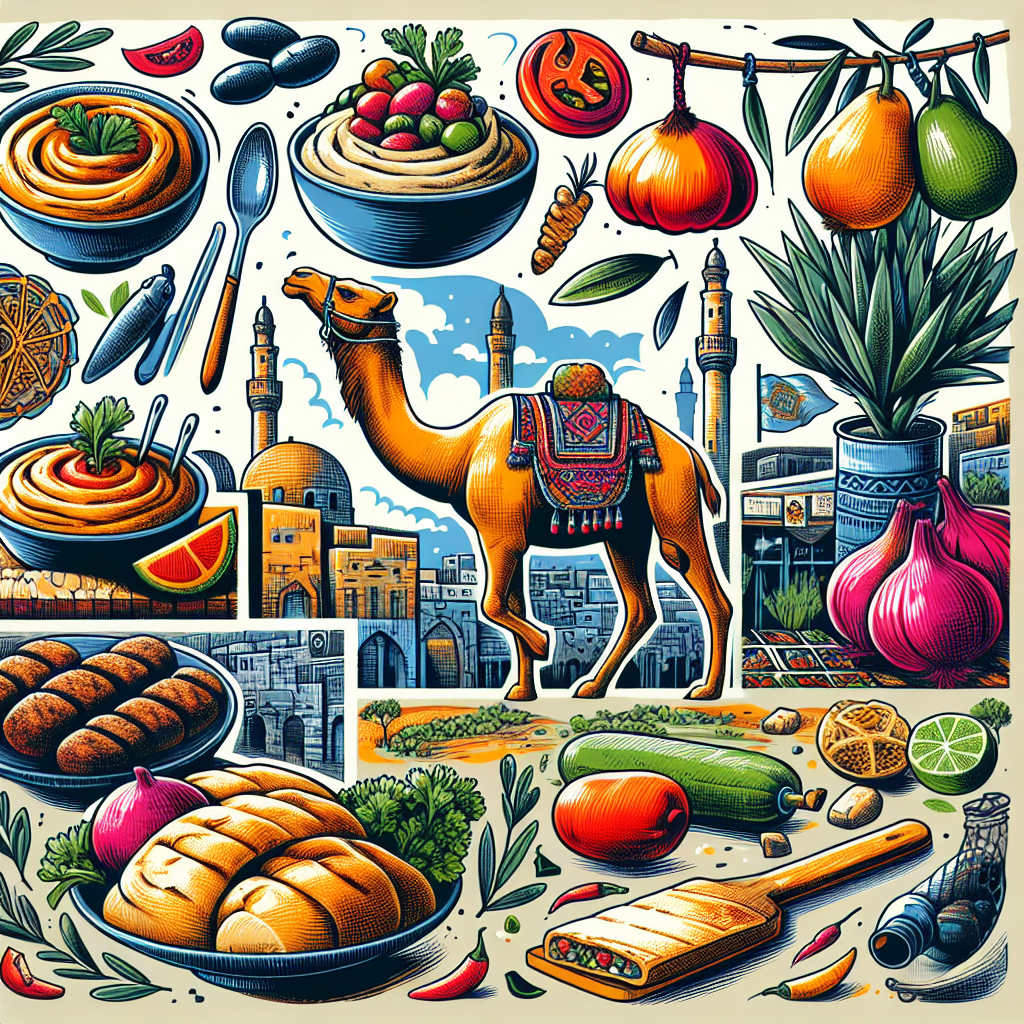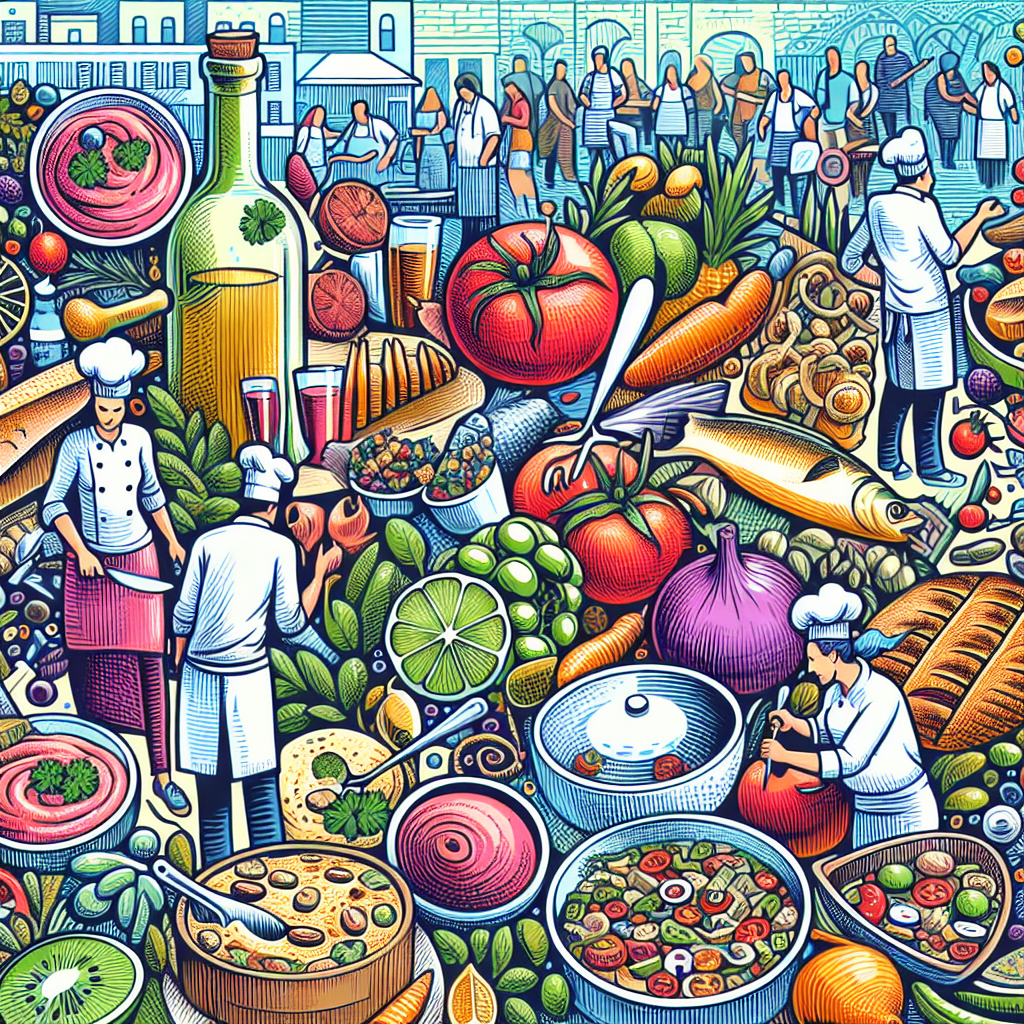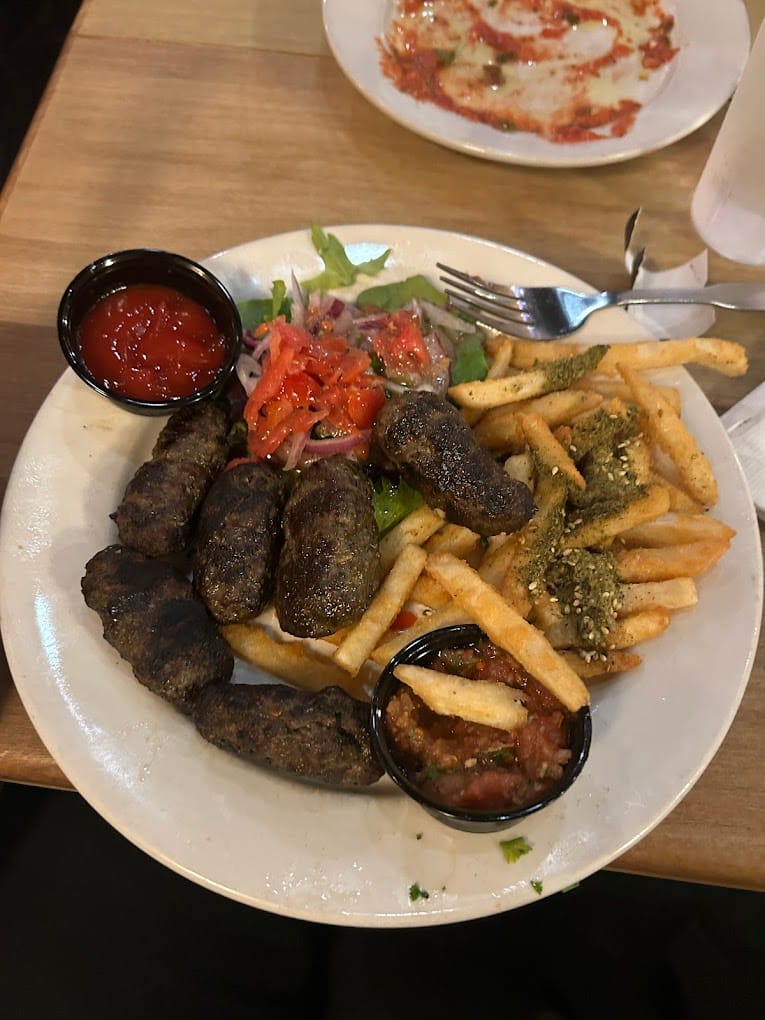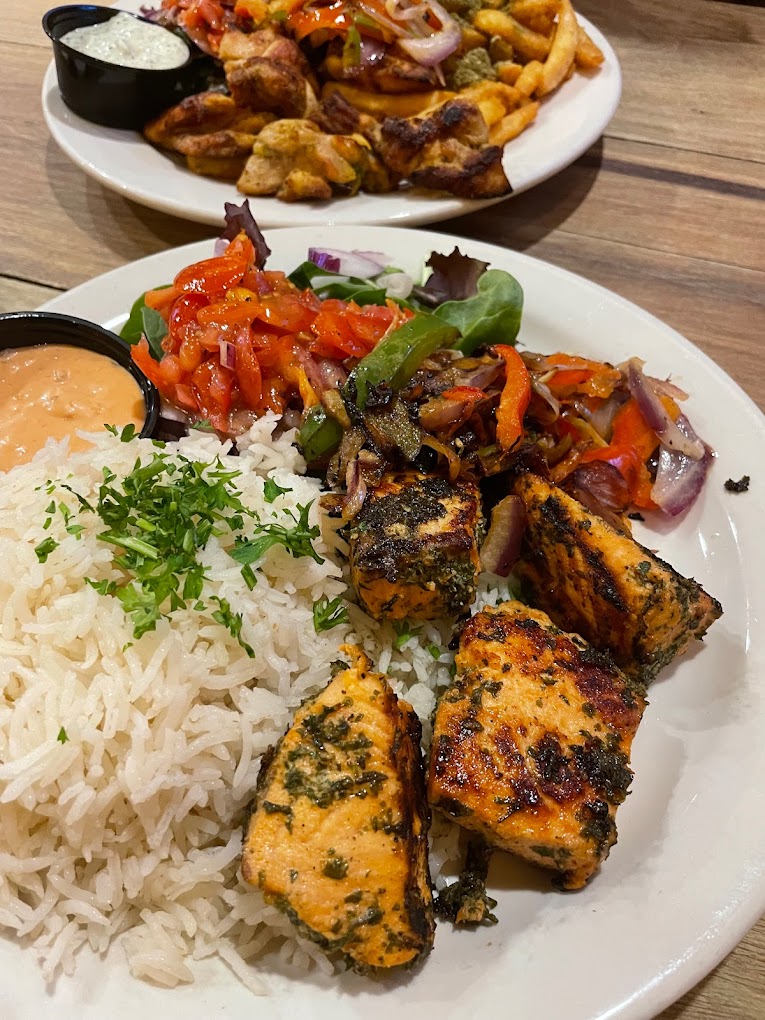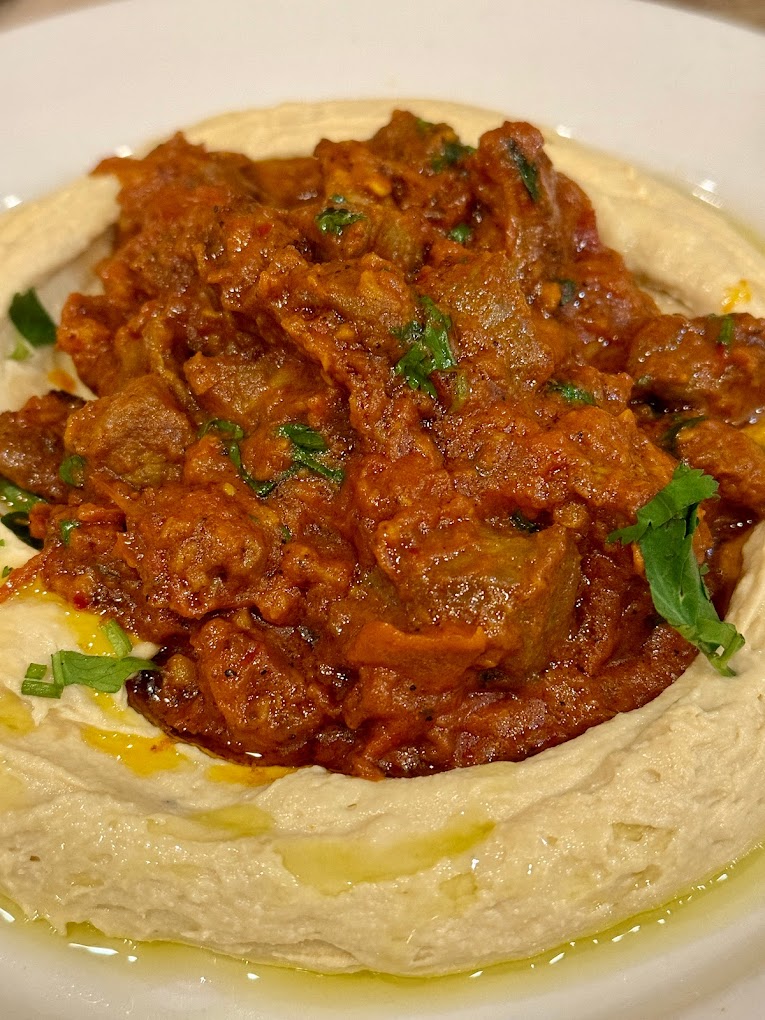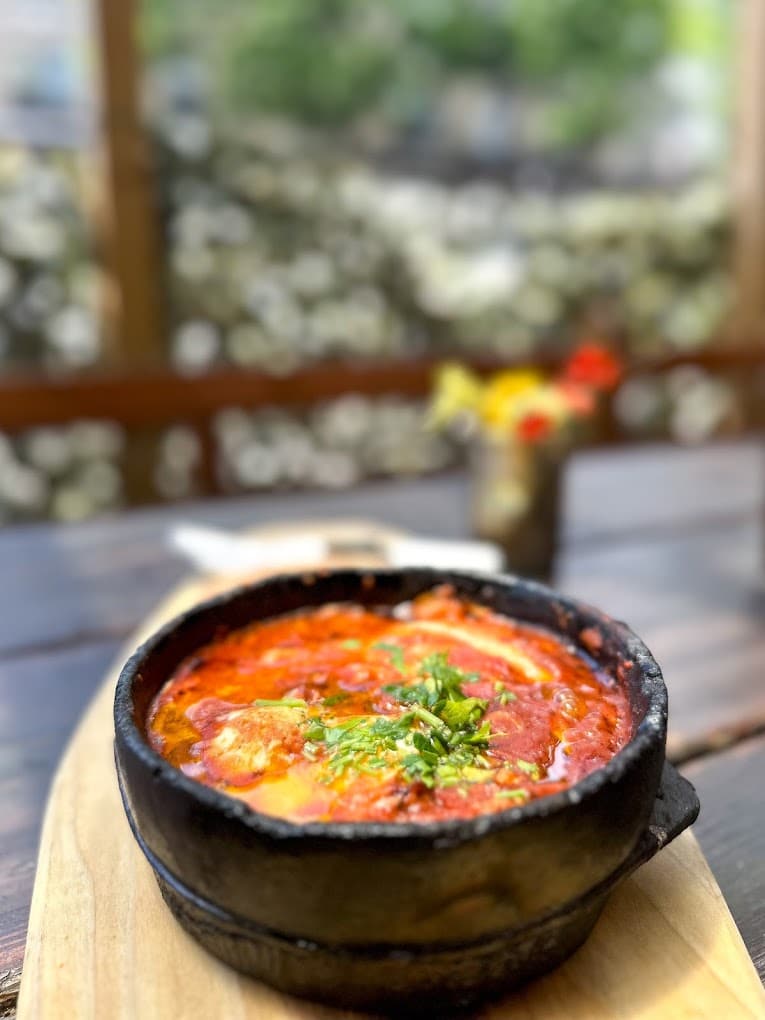Introduction
In a world where culinary experiences are cherished and celebrated, two cuisines stand shoulder to shoulder, inviting us into their rich, aromatic embrace – Mediterranean and Middle Eastern food. Have you ever found yourself standing in a restaurant, gazing at a menu, wondering which dishes belong to which region? Let’s embark on a flavorful journey to uncover the essence of these two beloved cuisines.
-
Understanding Mediterranean Cuisine
-
Diving into Middle Eastern Culinary Traditions
-
Key Ingredients and Flavors
-
Cultural Significance
-
Popular Dishes
-
Conclusion
Understanding Mediterranean Cuisine
The Mediterranean Sea cradles an array of countries, each contributing its own unique twist to the collective culinary tapestry. From Greece to Italy, Spain to Turkey, the diversity is vast yet harmonious. Picture a sun-kissed landscape where olive trees whisper tales of ancient times and vineyards stretch as far as the eye can see. This is the heart of Mediterranean cuisine.
Key Characteristics
-
Olive Oil: The lifeblood of Mediterranean cooking.
-
Fresh Vegetables: Tomatoes, cucumbers, and eggplants reign supreme.
-
Seafood: A natural choice for coastal regions.
-
Herbs and Spices: Basil, oregano, rosemary – fragrant and fresh.
A meal in the Mediterranean is more than just food on a plate; it’s an experience, a celebration of life. For a taste of this vibrant culture, visit our restaurant in NYC, where we bring these flavors to your table.
Diving into Middle Eastern Culinary Traditions
If Mediterranean cuisine is a serene dance under the sun, Middle Eastern food is a tapestry woven with bold flavors and rich history. Imagine bustling markets filled with the scent of spices, the sound of kebabs sizzling on grills, and the sight of colorful dishes that tell stories of ancient civilizations.
Key Characteristics
-
Spices: Cumin, coriander, cinnamon – a symphony of flavors.
-
Lamb: A staple protein, often cooked to tender perfection.
-
Grains: Bulgur wheat, rice, and couscous – hearty and filling.
-
Dairy: Yogurt and cheese add a creamy touch.
The Middle East offers a culinary journey like no other. At our NYC location, we strive to capture the essence of these traditions in every dish we serve.
Key Ingredients and Flavors
Mediterranean Ingredients
The Mediterranean diet is renowned for its health benefits, largely due to its reliance on fresh ingredients. Think juicy tomatoes, crisp bell peppers, tangy feta cheese, and an abundance of leafy greens. Olive oil is the cornerstone, providing a rich base for countless dishes.
Middle Eastern Ingredients
Middle Eastern cuisine embraces hearty grains like bulgur and rice, while legumes such as chickpeas and lentils provide protein-packed options. Spices are the soul of this cuisine, with blends like za’atar (not to be confused with our very own Zatar NYC) elevating dishes to new heights.
Cultural Significance
Beyond the flavors that tantalize our taste buds, both Mediterranean and Middle Eastern cuisines hold deep cultural significance. Sharing meals in these cultures is an act of love and community. The dining table becomes a place where stories are exchanged, traditions are preserved, and bonds are strengthened.
Popular Dishes
Mediterranean Favorites
-
Greek Salad: A refreshing blend of tomatoes, cucumbers, olives, and feta.
-
Paella: Spanish rice dish brimming with seafood.
-
Tzatziki: Creamy yogurt sauce infused with garlic and cucumber.
Middle Eastern Delights
-
Kebab: Skewered meat grilled to perfection.
-
Hummus: Silky smooth chickpea dip with a hint of lemon and garlic.
-
Falafel: Crispy fried balls made from ground chickpeas or fava beans.
Key Takeaways
-
Mediterranean cuisine focuses on fresh vegetables, olive oil, and seafood.
-
Middle Eastern food is rich in spices, lamb, grains, and legumes.
-
Both cuisines emphasize the importance of community and shared meals.
FAQ
Q: Are Mediterranean and Middle Eastern foods the same?
A: While they share some similarities and influences due to geographical proximity, they have distinct ingredients, flavors, and culinary traditions.
Q: What are some health benefits of these cuisines?
A: Both diets are considered healthy due to their emphasis on fresh ingredients, lean proteins, and heart-healthy fats like olive oil. The Mediterranean diet is particularly noted for its benefits in promoting cardiovascular health.
Conclusion
The culinary worlds of the Mediterranean and Middle East offer us a feast not just for our palates but for our souls. They invite us to partake in traditions that have been passed down through generations and to savor each bite as if it were a story unfolding on our tongues. So next time you find yourself pondering over a menu, remember the rich heritage behind each dish and choose not just with your appetite but with your heart.
For an authentic taste of these timeless cuisines, visit us at Zatar NYC. Let us take you on a culinary adventure that bridges past and present in every delectable bite.


